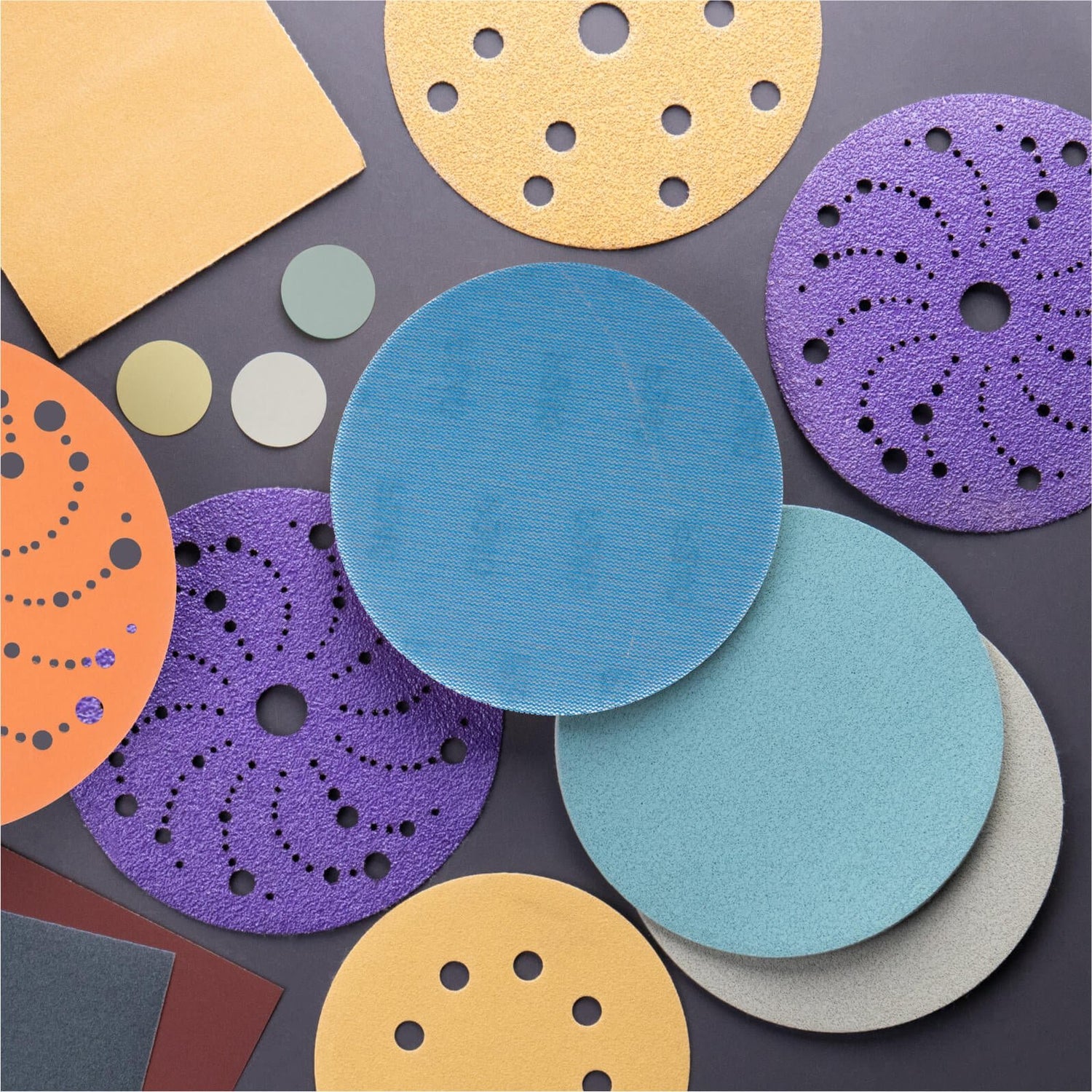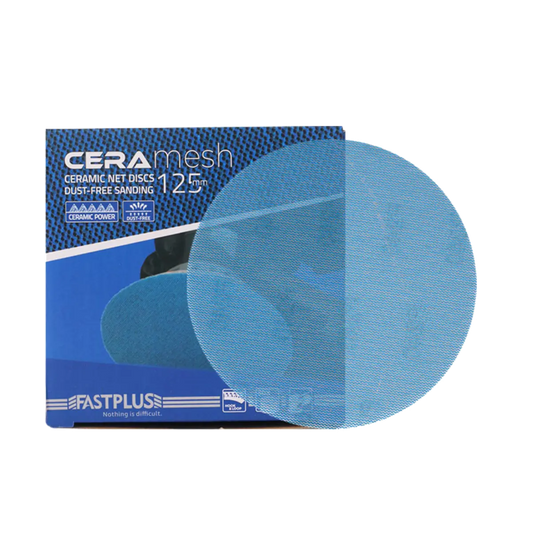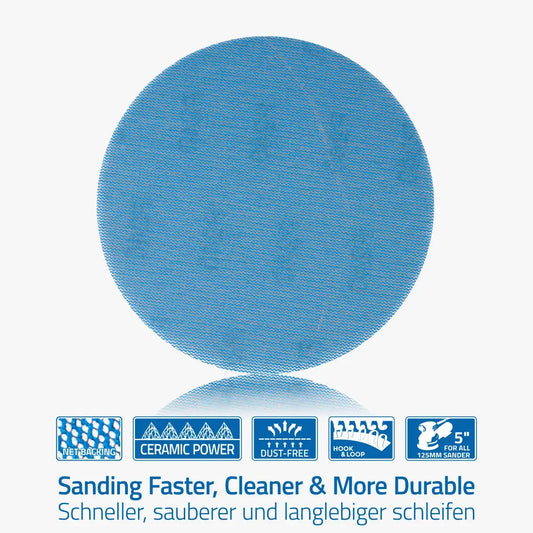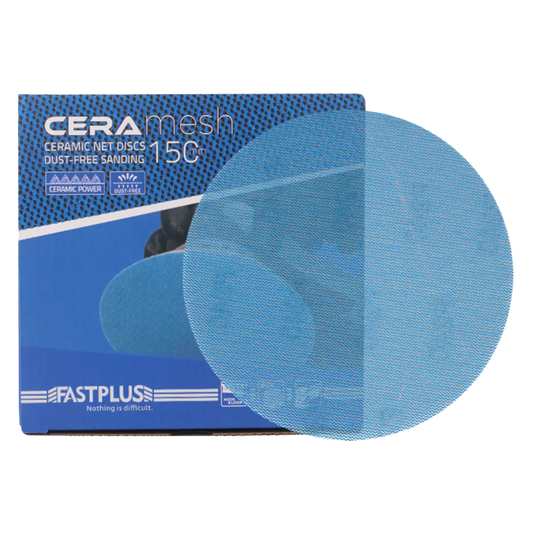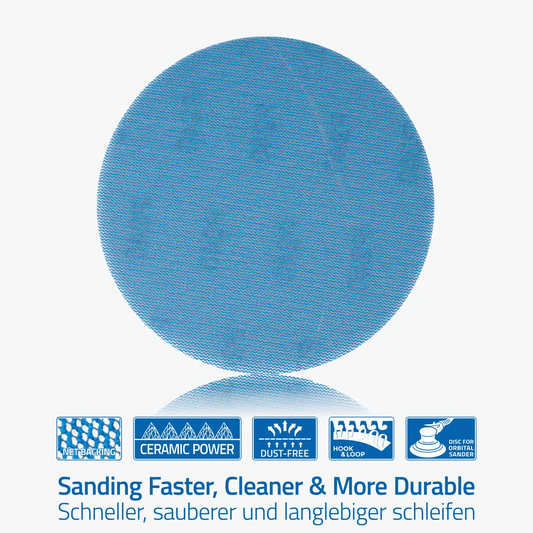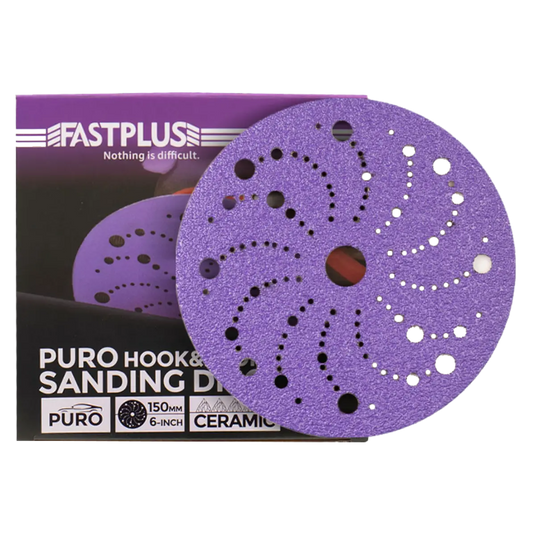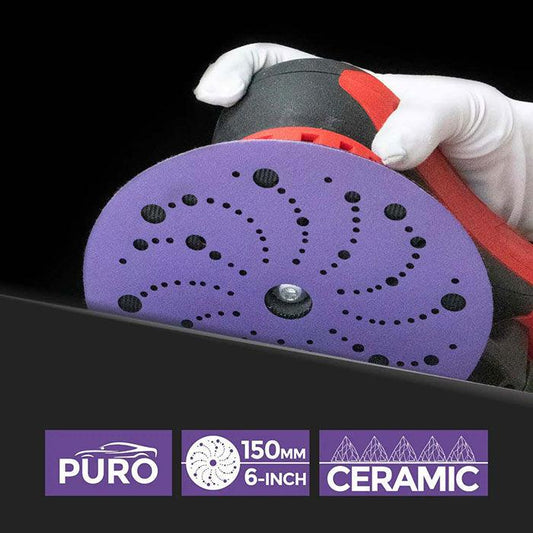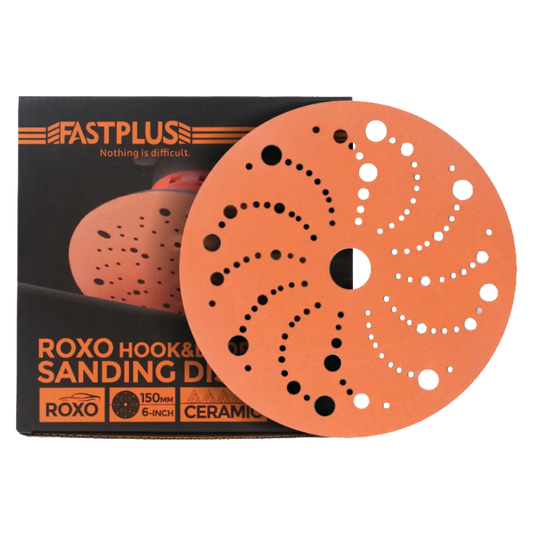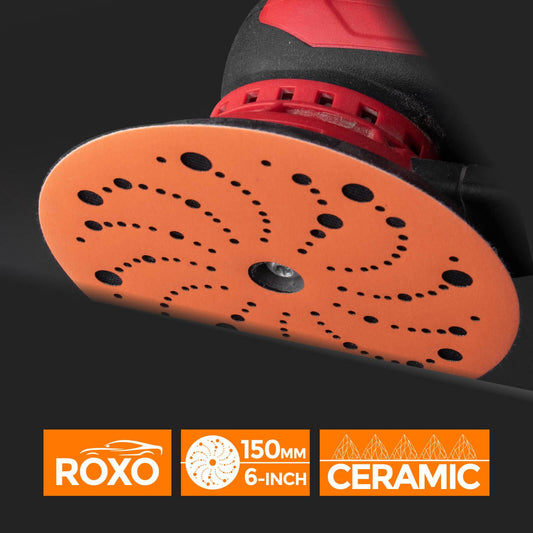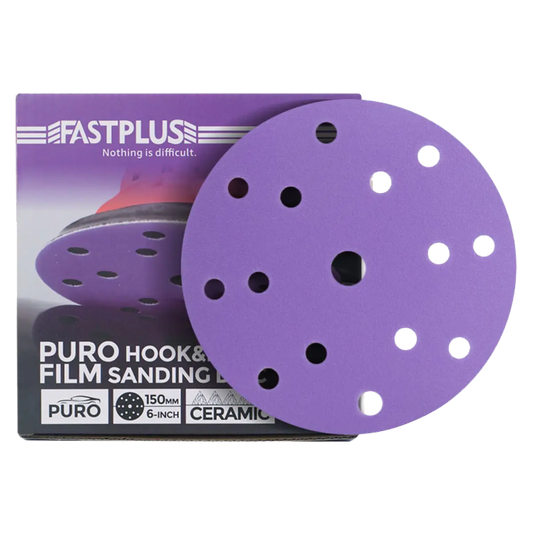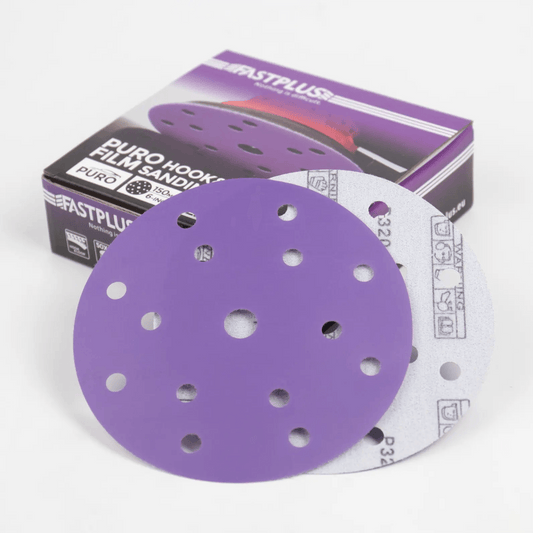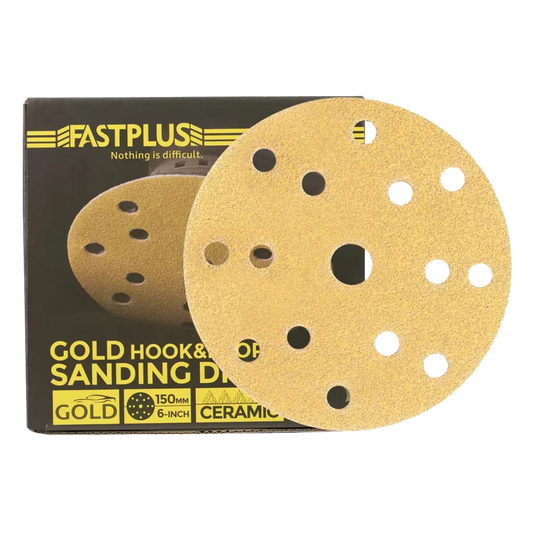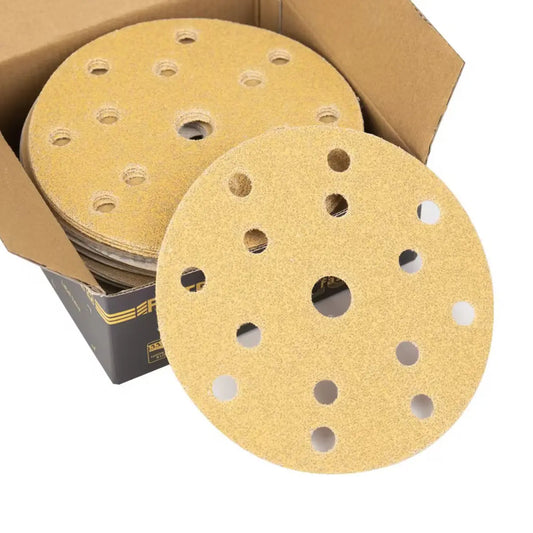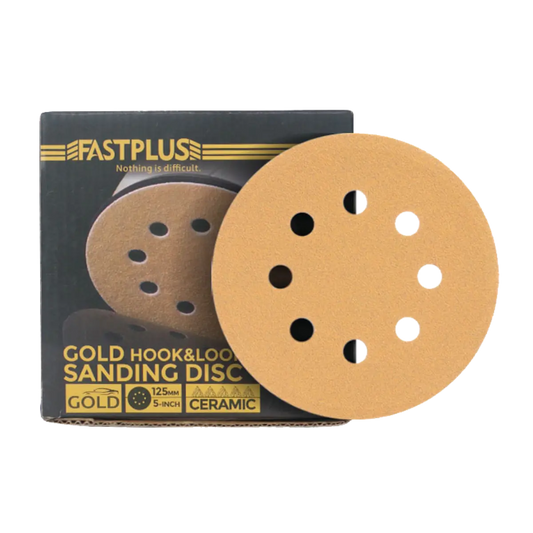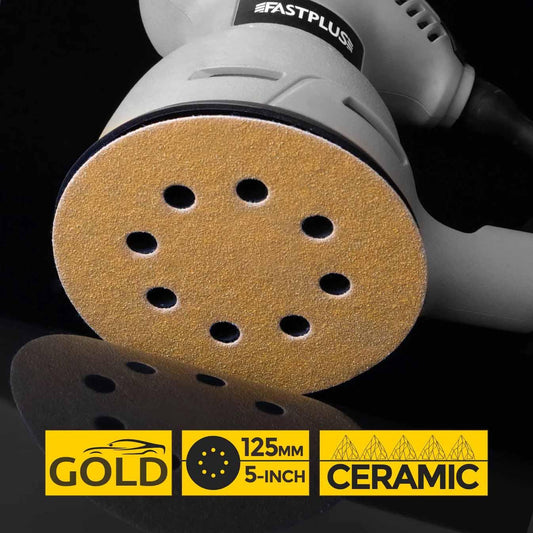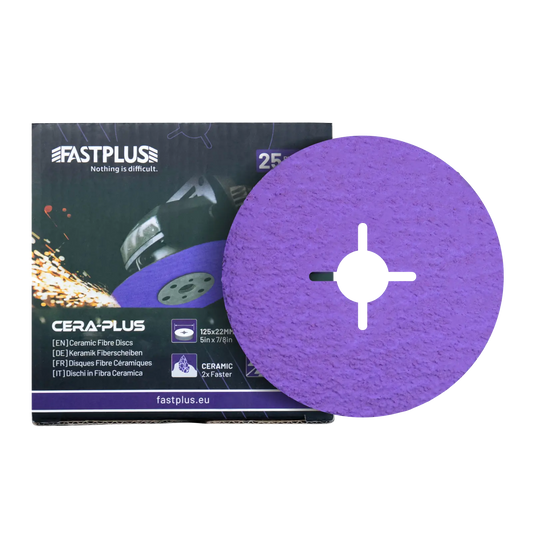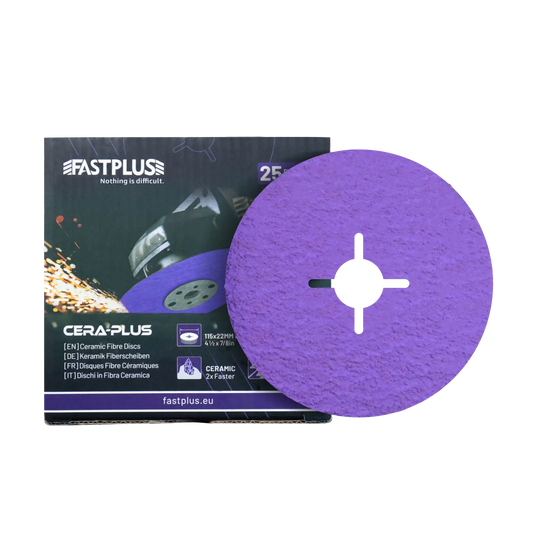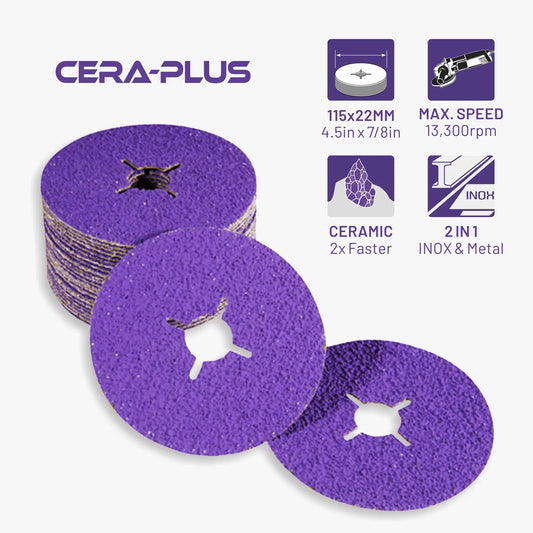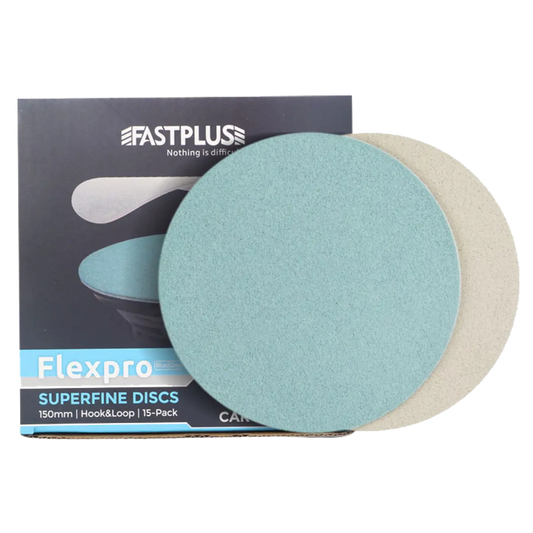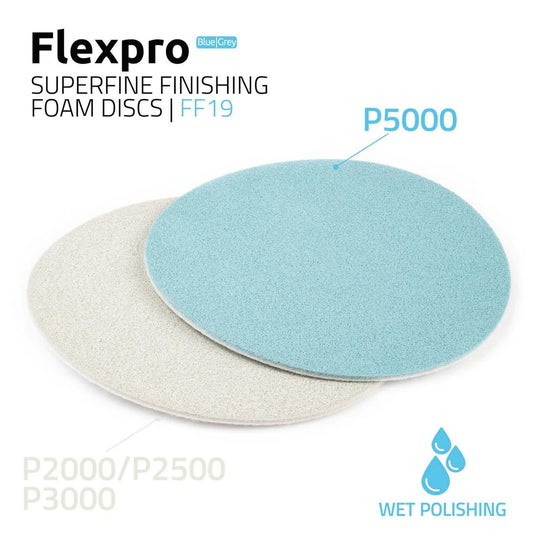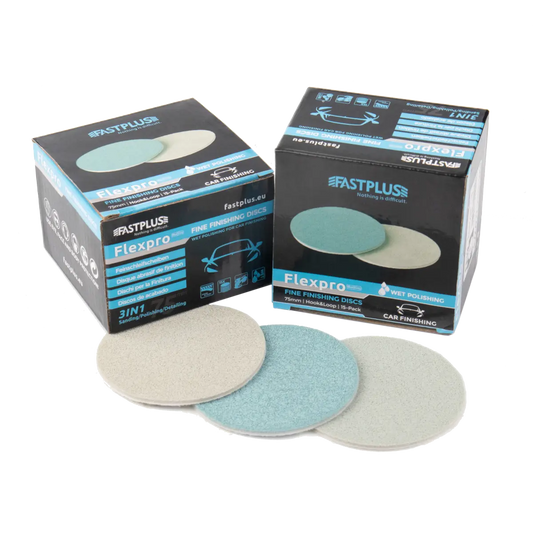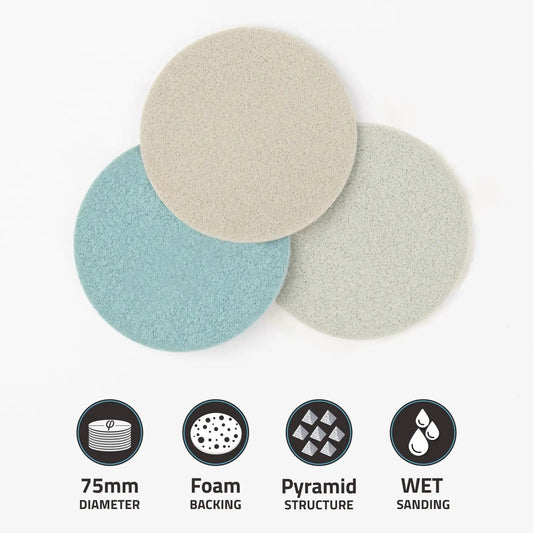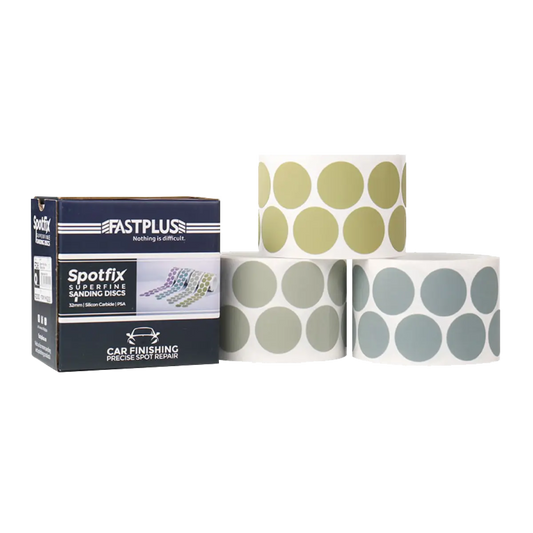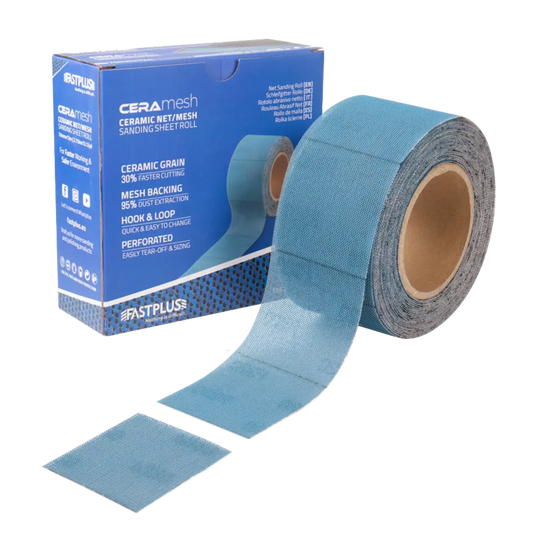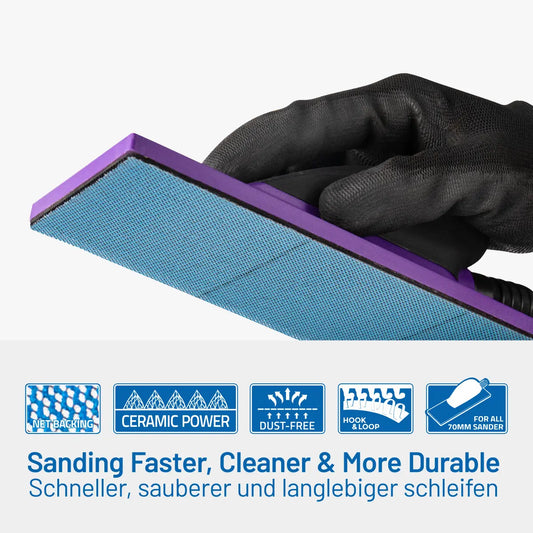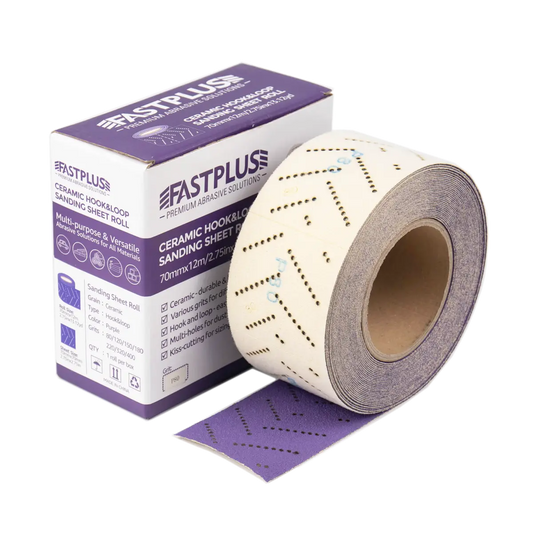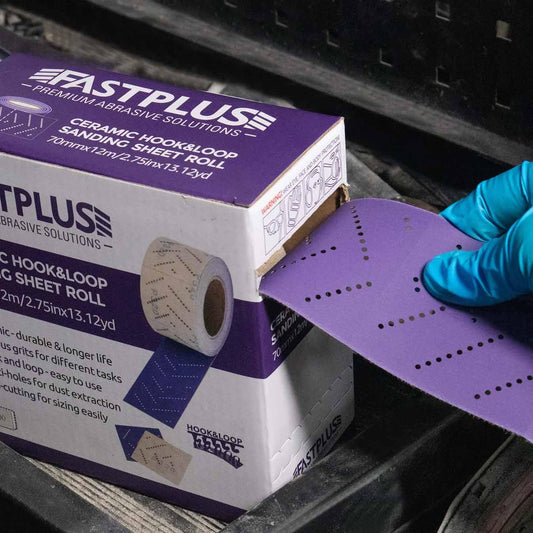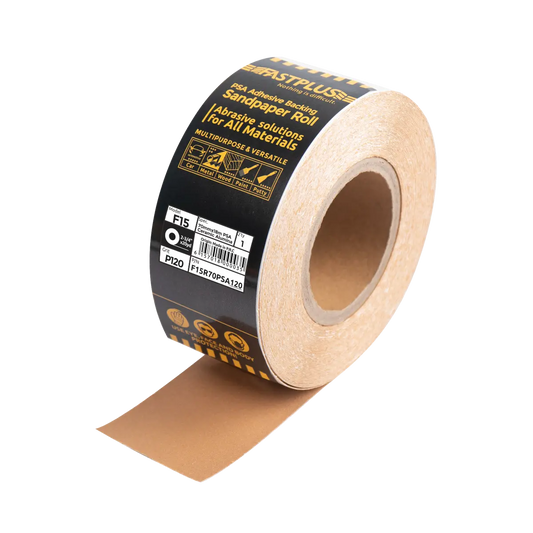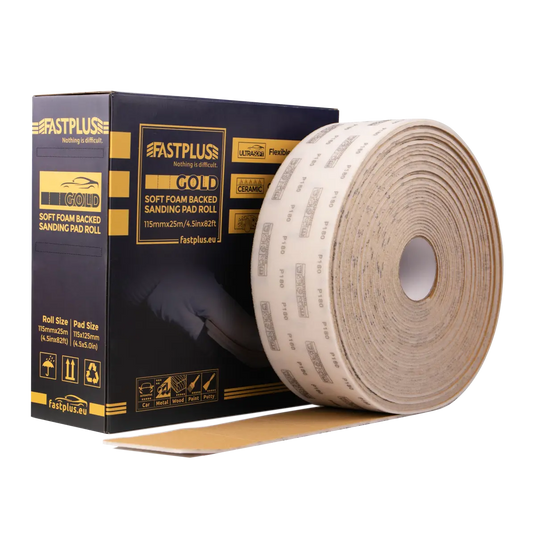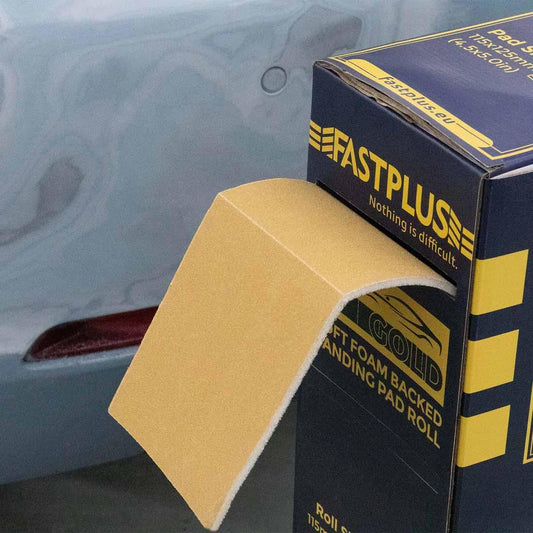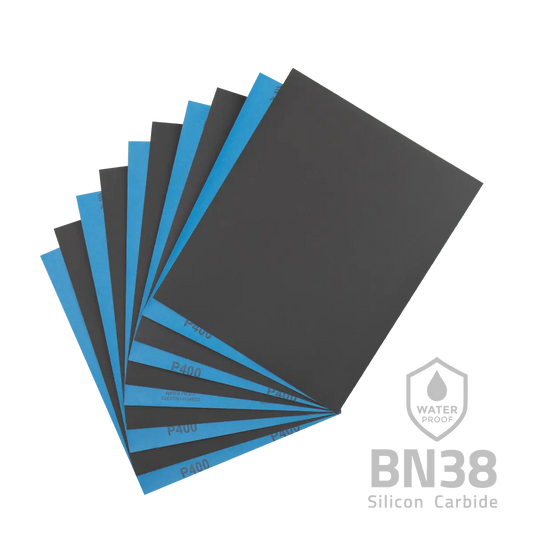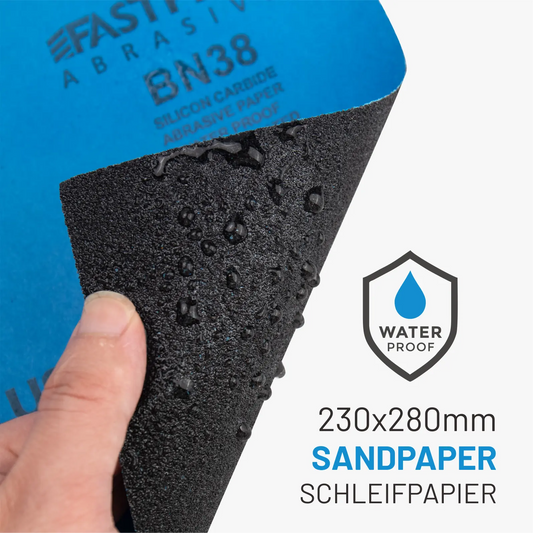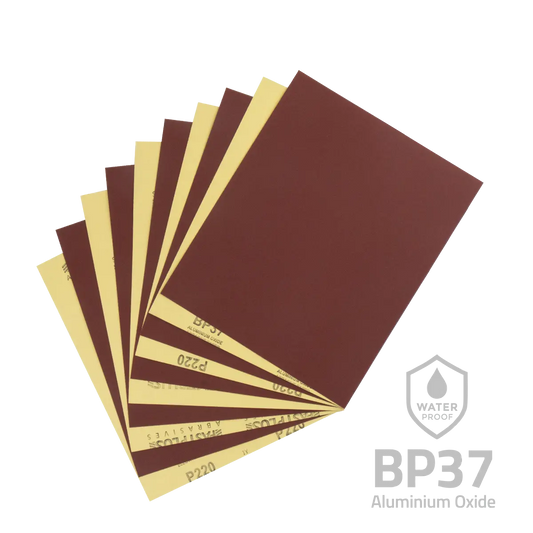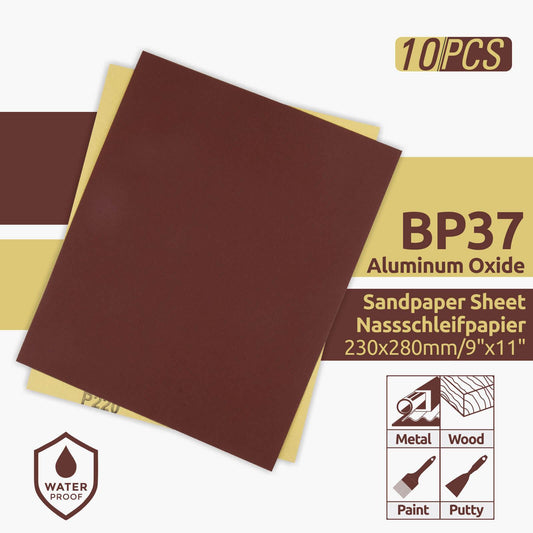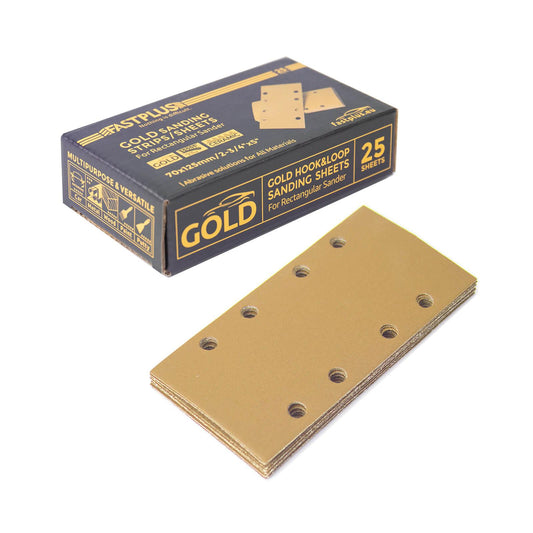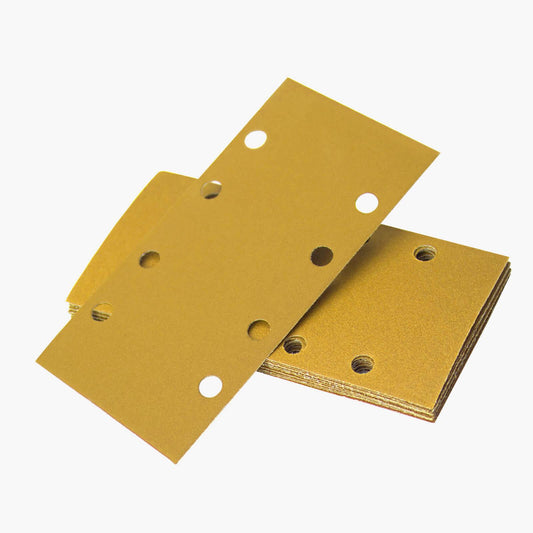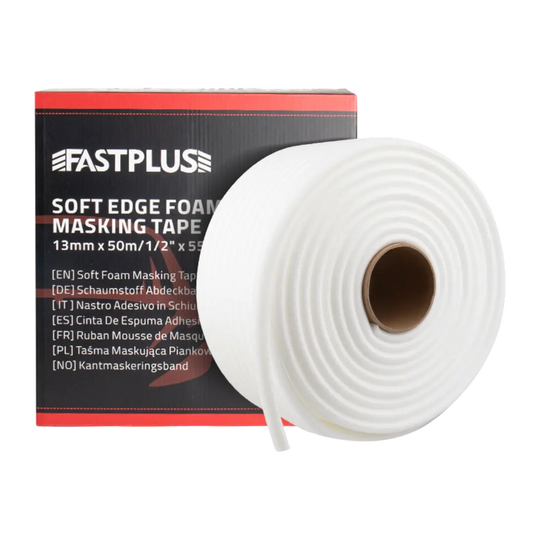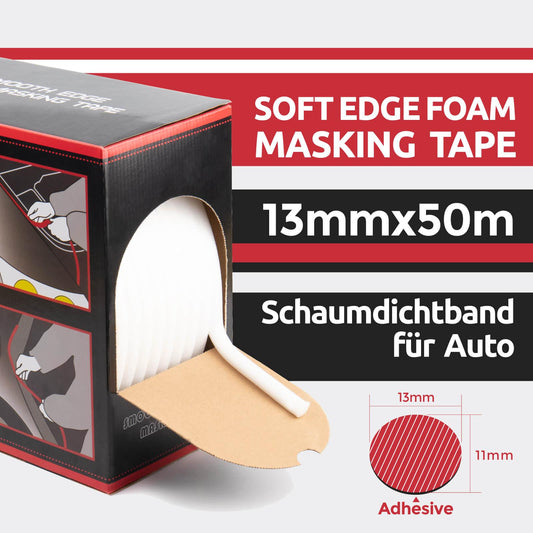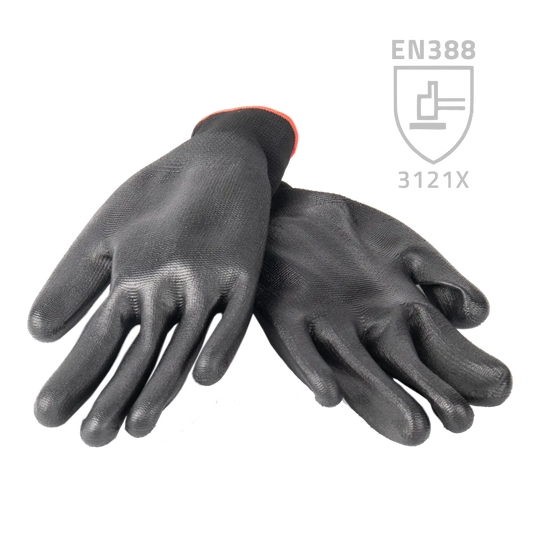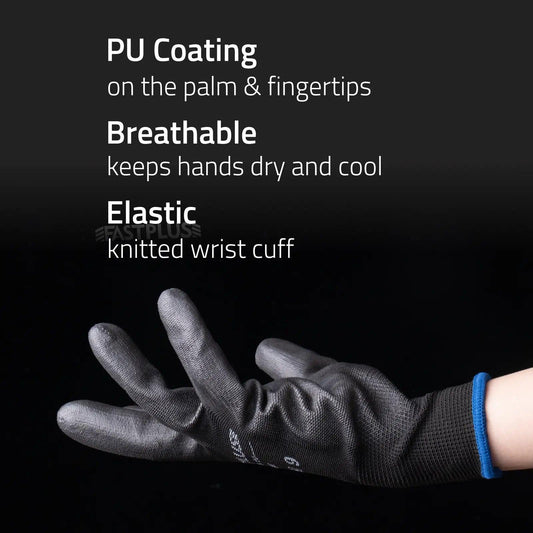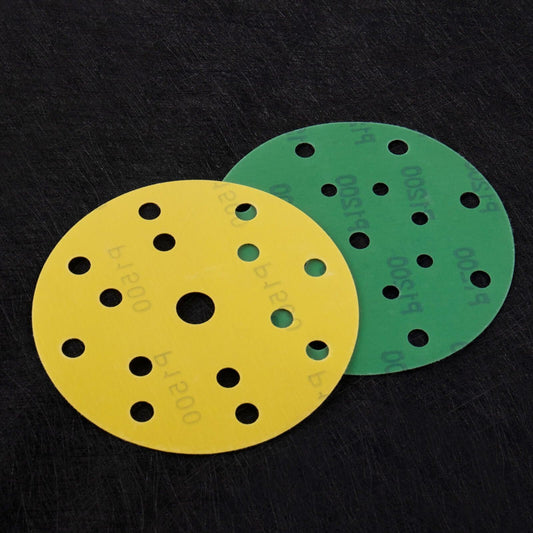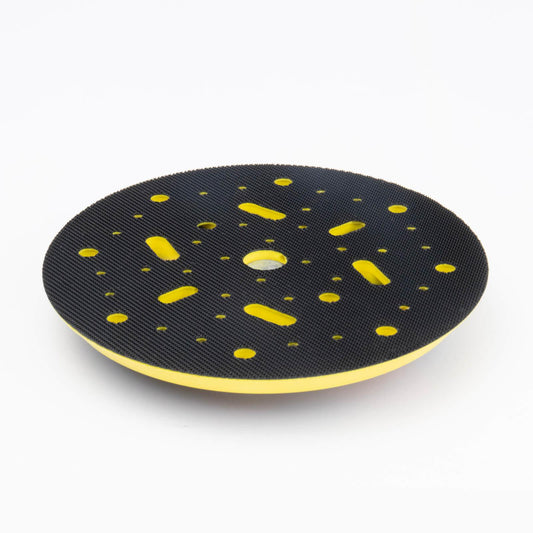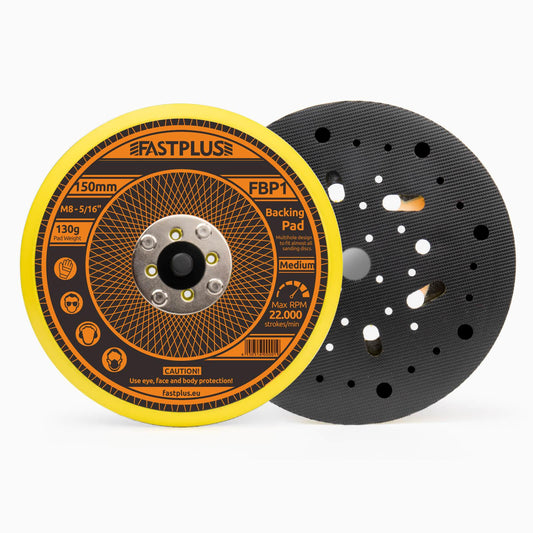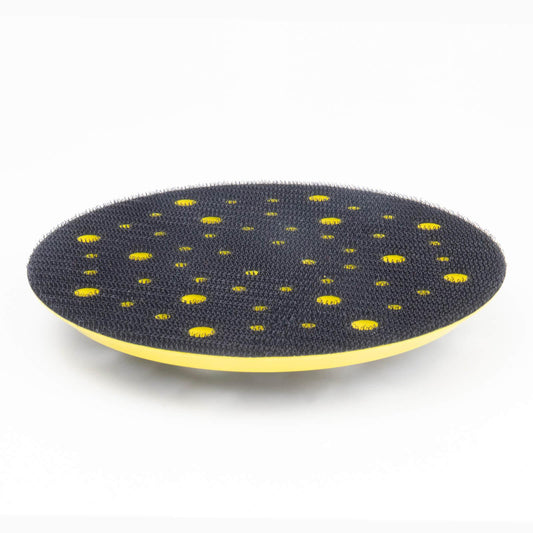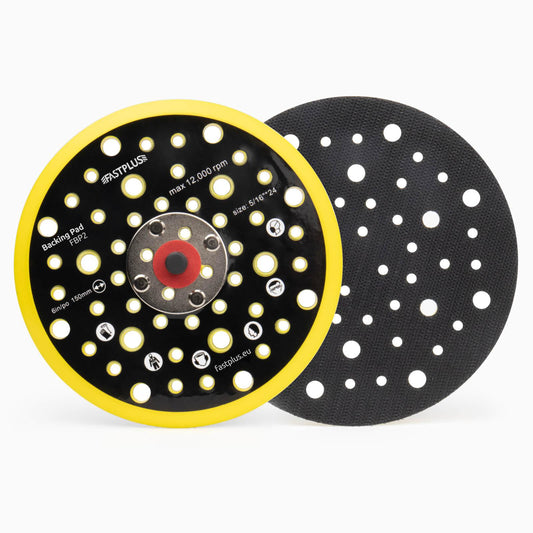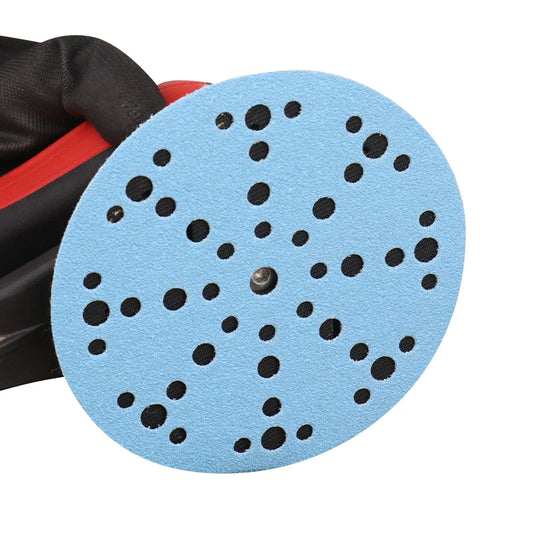
How to Resurface a Chasing Hammer Face?
Chasing is a delicate metalworking technique that requires precision and finesse, heavily relying on the quality of the tools used. Over time, the face of a chasing hammer can develop dents, nicks, and uneven wear, affecting your ability to achieve detailed work. Resurfacing the hammer face restores its smoothness, providing improved control, cleaner strikes, and extending the tool's lifespan. This guide will walk you through the process of resurfacing your chasing hammer, ensuring your tools remain in optimal condition for exceptional craftsmanship.
Exploring Hammer Face Materials and Their Impact

The material composition of chasing hammer faces plays a significant role in both their durability and their performance during resurfacing. Chasing hammers commonly feature faces made from various metals such as steel, brass, or even softer materials like nylon or rawhide for specialized applications. Each material offers unique properties that affect how the hammer interacts with metal surfaces.
Steel faces, for instance, are prized for their hardness and longevity but may require more meticulous care during resurfacing to avoid overheating or excessive wear on the file.
Conversely, brass faces are softer and less likely to leave marks on metal, making them ideal for delicate work but requiring more frequent maintenance to prevent deformation or flattening of the face.
Resurfacing Process
Step 1: Secure the Hammer
To begin resurfacing your chasing hammer, it's essential to secure it properly. One effective method is to use a bench vise. This provides the greatest stability, allowing you to work on the hammer face with both hands free. Ensure the hammer head is tightly clamped in the vise, with the face accessible and level. Alternatively, if you're working with a smaller hammer or don't have access to a bench vise, you can hold the hammer firmly in a gloved hand. Wearing a sturdy glove protects your hand and offers better grip and control during the resurfacing process.
Step 2: Initial Filing
Start by using a flat file to remove major dents, nicks, and uneven wear from the hammer face. Hold the file with both hands and use smooth, even strokes across the entire surface of the hammer face. File in one direction to avoid creating new gouges and apply consistent, moderate pressure to ensure even material removal. Be mindful not to over-file any particular area, as this can distort the shape of the hammer face. It's important to maintain a slightly convex shape on the face for optimal control during chasing, which helps in achieving more precise and clean strikes.
Step 3: Sanding Progression

After addressing the main flaws, move on to sanding for a polished surface. Start with rougher sandpaper, like 400 grit, to eliminate any lingering imperfections and enhance the smoothness. Employ circular movements and consistent pressure to prevent scratches or uneven spots. Transition to finer grits like 600 grit, followed by 1000 grit or above, as you advance. Each finer grit contributes to refining the surface, resulting in increased smoothness. To maintain control, think about utilizing a sanding block to ensure an even surface and minimize the chance of rounding the hammer face's edges.
Step 4: Polishing
Polishing the hammer face is not required, but it can greatly improve its smoothness and appearance. To do this, apply a small amount of polishing compound to the face and use a clean rag or a machine polisher to buff the surface. If using a rag, gently rub the compound in a circular motion with firm pressure until you achieve a mirror-like finish. For machine polishers, follow the manufacturer's instructions to prevent over-polishing or damage to the surface.
Tips for Resurfacing Different Types of Chasing Hammers (Flat vs. Rounded Face)
When refinishing your chasing hammer, the exact method may vary slightly based on the type of face it features. Here is an overview of the two most prevalent types:
Flat Faced Chasing Hammer:
File Selection: Use flat files mostly to shape and smooth the entire surface. Occasionally, use a half-round file on the edges for slight rounding, but concentrate on keeping a flat profile.
Sanding Method: Use flat sanding blocks or sandpaper sheets on a level surface for uniform sanding. Apply even pressure to prevent uneven dips or ridges from forming.
Rounded Faced Chasing Hammer:
File Selection: Use both flat and half-round files for optimal results. Begin with the flat file to shape generally, then switch to the half-round file to perfect the curved edges and achieve a seamless transition from the front to the sides.
Sanding Method: Employ flat sanding blocks and, if accessible, sanding drums for effective sanding. Utilize flat sanding blocks on the flat parts of the surface and a sanding drum (attached to a rotary tool) to follow the contour of the rounded edges. Ensure consistent pressure application and prevent the sanding drum from cutting into the metal.
Get Your Metalworking Abrasives At Fastplus Abrasives
Resurfacing a chasing hammer face requires precision and the right tools. Fastplus Abrasives offers industrial-grade abrasives for metalworking needs. Choosing the correct abrasives ensures the efficient removal of imperfections, leaving your chasing hammer face smooth and ready for intricate work. With Fastplus Abrasives, you're equipped to maintain your tools at peak performance, prolonging their lifespan and enhancing your craftsmanship. Trust Fastplus Abrasives for quality products that deliver professional results in every metalworking project.
